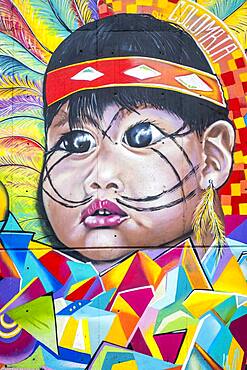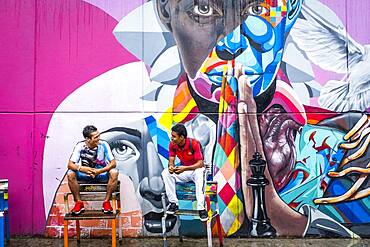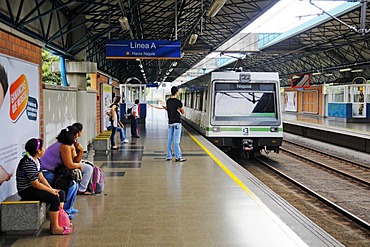Results
8 results found
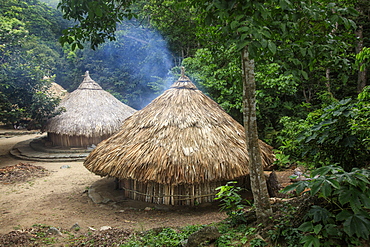
Circular huts in Pueblito, a Kogi indigenous village in Tayrona National Park, Colombia, South America
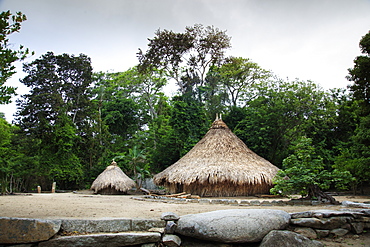
Circular huts in Pueblito, a Kogi indigenous village in Tayrona National Park, Colombia, South America
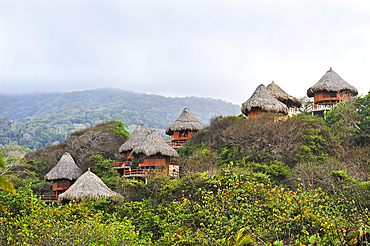
Bungalows of Ecohabs hotel overlooking the Carnaval beach, Tayrona National Natural Park, Department of Magdalena, Caribbean Region, Colombia, South America
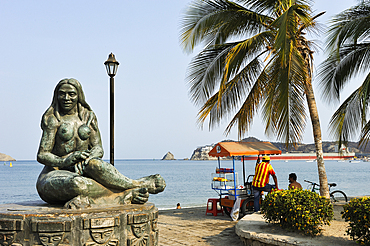
Monument depicting indigenous Tairona people on the seaside promenade of Santa Marta, department of Magdalena, Caribbean Region, Colombia, South America
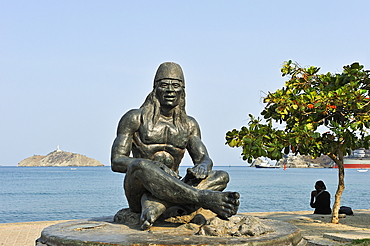
Monument depicting indigenous Tairona people on the seaside promenade of Santa Marta, department of Magdalena, Caribbean Region, Colombia, South America
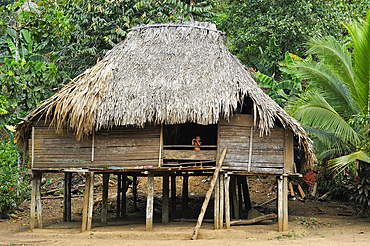
Thatched house in a village of Embera native community living by the Chagres River within the Chagres National Park, Republic of Panama, Central America
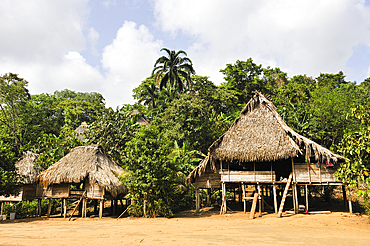
Thatched houses in a village of Embera native community living by the Chagres River within the Chagres National Park, Republic of Panama, Central America

Ancient Observatory of the Muisca built by pre-Columbian indigenous people, near Villa de Leyva, Colombia, South America

Wearing tree bark cloth masks and skirts, dancers representing fish spirits are invited during the season of the peach palm harvest to drink the juice. it is a feast and ritual exchange: the host group offers the spirits large quantities of peach palm juice, smoked meat and fish, and shaman-blessed coca and snuff. the visitors are the costumed dancers impersonating animal spirits. people eat the meat and fish, animal spirits receive the fruits of peach palm, which are cultivated, harvested, and processed by humans. this exchange expresses the idea that people and animals depend on each other for survival and reproduction. vaupes basin, eastern colombia amazon, population: 600

Yonna dance, also called Chichamaya, carries a considerable symbolic charge for the Wayuu indigenous people of Colombia, representing three basic principles for this tribal group: Social equality, collective solidarity and the improvement of relations between the human being and the Cosmos.

Yonna dance, also called Chichamaya, carries a considerable symbolic charge for the Wayuu indigenous people of Colombia, representing three basic principles for this tribal group: Social equality, collective solidarity and the improvement of relations between the human being and the Cosmos.

Yonna dance, also called Chichamaya, carries a considerable symbolic charge for the Wayuu indigenous people of Colombia, representing three basic principles for this tribal group: Social equality, collective solidarity and the improvement of relations between the human being and the Cosmos.

Yonna dance, also called Chichamaya, carries a considerable symbolic charge for the Wayuu indigenous people of Colombia, representing three basic principles for this tribal group: Social equality, collective solidarity and the improvement of relations between the human being and the Cosmos.
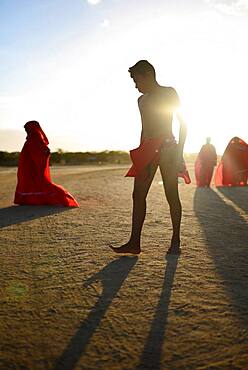
Yonna dance, also called Chichamaya, carries a considerable symbolic charge for the Wayuu indigenous people of Colombia, representing three basic principles for this tribal group: Social equality, collective solidarity and the improvement of relations between the human being and the Cosmos.

Yonna dance, also called Chichamaya, carries a considerable symbolic charge for the Wayuu indigenous people of Colombia, representing three basic principles for this tribal group: Social equality, collective solidarity and the improvement of relations between the human being and the Cosmos.

Yonna dance, also called Chichamaya, carries a considerable symbolic charge for the Wayuu indigenous people of Colombia, representing three basic principles for this tribal group: Social equality, collective solidarity and the improvement of relations between the human being and the Cosmos.

Yonna dance, also called Chichamaya, carries a considerable symbolic charge for the Wayuu indigenous people of Colombia, representing three basic principles for this tribal group: Social equality, collective solidarity and the improvement of relations between the human being and the Cosmos.
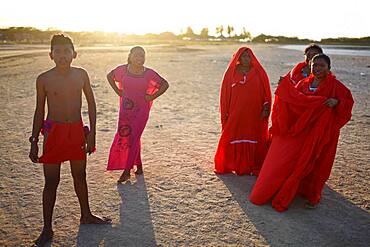
Yonna dance, also called Chichamaya, carries a considerable symbolic charge for the Wayuu indigenous people of Colombia, representing three basic principles for this tribal group: Social equality, collective solidarity and the improvement of relations between the human being and the Cosmos.
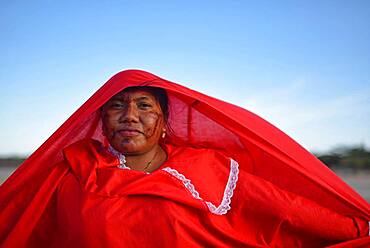
Yonna dance, also called Chichamaya, carries a considerable symbolic charge for the Wayuu indigenous people of Colombia, representing three basic principles for this tribal group: Social equality, collective solidarity and the improvement of relations between the human being and the Cosmos.
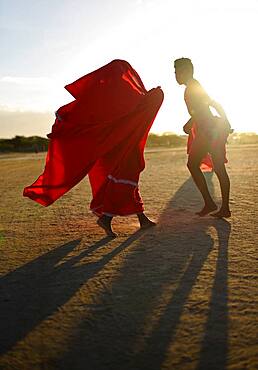
Yonna dance, also called Chichamaya, carries a considerable symbolic charge for the Wayuu indigenous people of Colombia, representing three basic principles for this tribal group: Social equality, collective solidarity and the improvement of relations between the human being and the Cosmos.
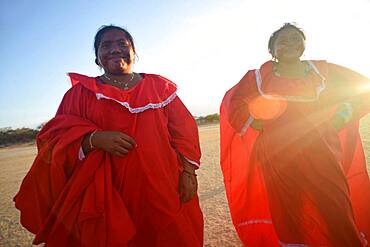
Yonna dance, also called Chichamaya, carries a considerable symbolic charge for the Wayuu indigenous people of Colombia, representing three basic principles for this tribal group: Social equality, collective solidarity and the improvement of relations between the human being and the Cosmos.
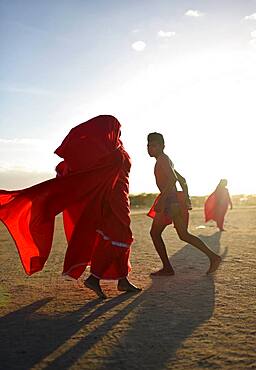
Yonna dance, also called Chichamaya, carries a considerable symbolic charge for the Wayuu indigenous people of Colombia, representing three basic principles for this tribal group: Social equality, collective solidarity and the improvement of relations between the human being and the Cosmos.
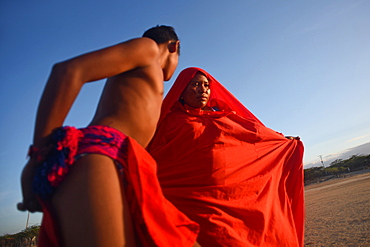
Yonna dance, also called Chichamaya, carries a considerable symbolic charge for the Wayuu indigenous people of Colombia, representing three basic principles for this tribal group: Social equality, collective solidarity and the improvement of relations between the human being and the Cosmos.

Portrait of young Arhuaco indigenous woman wearing a face mask and using her smartphone during the Covid-19 outbreak in Colombia

Pre-Columbian goldwork collection, mythical bird with human head, Gold Museum, Museo del Oro, Bogota, Colombia, South America
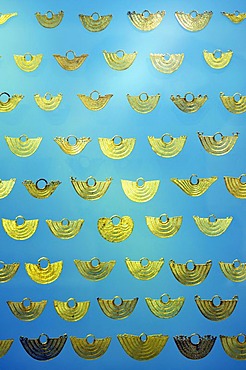
Pre-Columbian goldwork collection, earrings, Gold Museum, Museo del Oro, Bogota, Colombia, South America
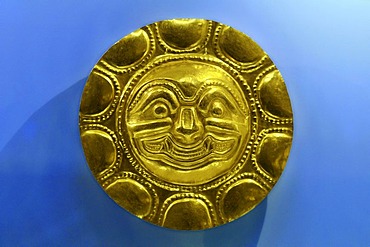
Pre-Columbian goldwork collection, solar disk, Gold Museum, Museo del Oro, Bogota, Colombia, South America

Pre-Columbian goldwork collection, female Cacique, Gold Museum, Museo del Oro, Bogota, Colombia, South America
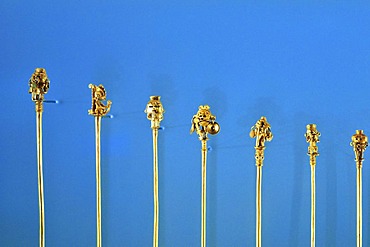
Pre-Columbian goldwork collection, hairpins, Gold Museum, Museo del Oro, Bogota, Colombia, South America
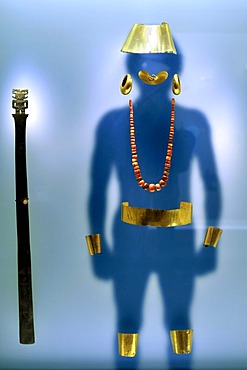
Pre-Columbian goldwork collection, women's jewellery, Gold Museum, Museo del Oro, Bogota, Colombia, South America
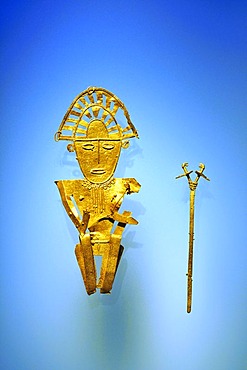
Pre-Columbian goldwork collection, Cacique, Gold Museum, Museo del Oro, Bogota, Colombia, South America
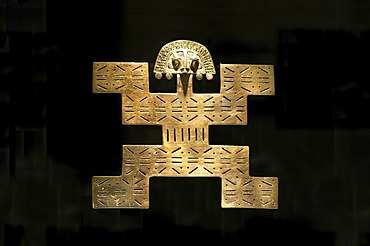
Pre-Columbian goldwork collection, jaguar as a symbol for the regenerative powers of gold and the Sun, Gold Museum, Museo del Oro, Bogota, Colombia, South America
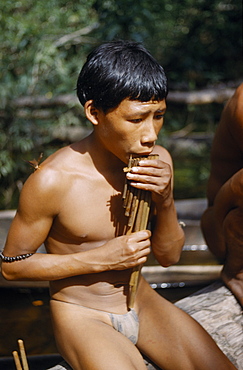
COLOMBIA Vaupes Region Tukano Tribe Boy playing the carizu / panpipes at the maloca s river port on the rio Piraparana Tukano / Makuna Indigenous Tribes rio Piraparana North West Amazonia Amazon American Colombian South America Vuapes Columbia Hispanic Indegent Latin America Latino Vaupes Tukano Tucano Turkano
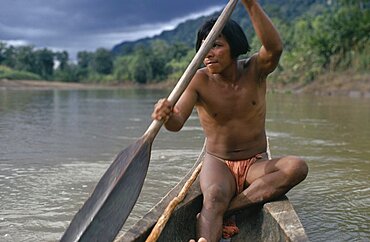
COLOMBIA Choco Embera Indigenous People Embera man using single oar to steer wooden dug out canoe along rio Baudo. Pacific coastal region boat piragua tribe
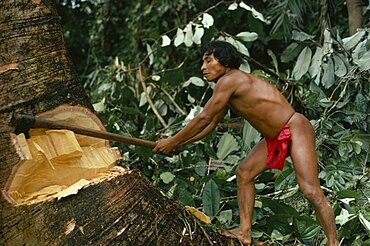
COLOMBIA Choco Embera Indigenous People Hueso Embera family head using axe to fell large tree to make family dug-out canoe. Pacific coastal region tribe

COLOMBIA Choco Embera Indigenous People Embera man using axe or adze . to hollow out dug out canoe from large felled hardwood tree.Once completed canoe is dragged through forest to riverside home where final shaping takes place Pacific coastal region boat canoa tribe American Colombian Colombia Hispanic Indegent Latin America Latino Male Men Guy South America Pacific coastal region boat piragua tribe American Colombian Columbia Hispanic Indegent Latin America Latino Male Men Guy South America Male Man Guy One individual Solo Lone Solitary 1 Single unitary

